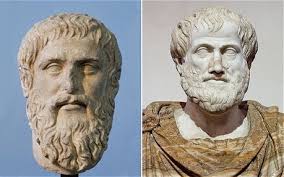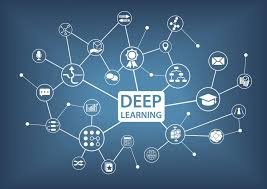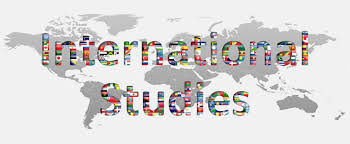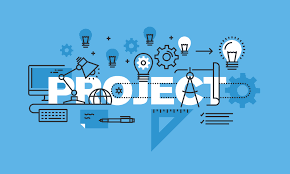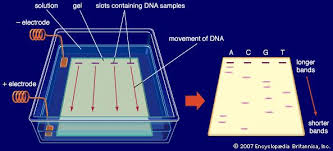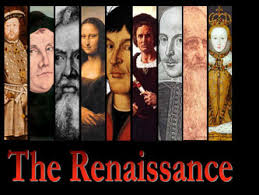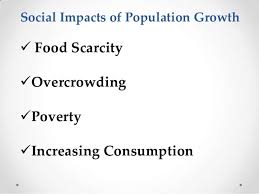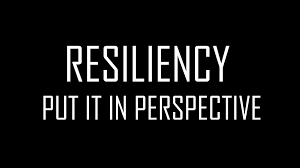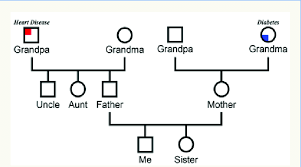
Genogram Project
This will in two parts. The first part is called the Genogram Project. This is part is building a diagram of “my fictional family”; in essence you will have to create one. I do have the information needed to create this Genogram document. I will upload the link for the GenoPro2018, this has to be used. {please only ones who are familiar with this, and can be able to do it only bid, thank you}. not sure on sources as of yet; nor pages of paper.
Building Your Family Genogram
Part I (GenoPro Genogram Software)
A genogram (pronounced: jen-uh-gram) is “a pictorial representation of family relationships across several generations. It is a convenient organizing device to help you identify family patterns or develop hypotheses about family functioning” (GenoPro.com). The genogram resembles a family tree; however, it includes additional relationships among individuals. This instrument facilitates the practitioner and his client’s identification an understanding of patterns in family history. The genogram also does a better job than a pedigree chart in mapping out relationships and traits.
Even though there are a plethora of books and websites on the subject of genograms, it is worth noting that Monica McGoldrick and Randy Gerson are responsible for its initial development and popularity in clinical settings. The structure of a genogram is by and large determined by the imagination and creativity of its author. Some of the most common features on a genogram are information related to the number of families, children in a given family, and the birth order of the family members—including the number of births and deaths.
Index Person: In constructing the genogram, identify yourself as the “index person” and complete the genogram on your family.
Focus: The focus of this genogram will be on family strengths and resilience, family patterns, rules or ways of being, and the overall health of the family. Of course, you should also address any issues and concerns that may be discovered; however, do not make the genogram problem-focused, even though this is typically how it is used in counseling.
Construction: You will submit your genogram through the assignment manager via GenoPro, found by clicking the “assignments” button. This submission will come in as a GenoPro document. You will also need to attach your narrative on an MS Word document. Make sure to include the following items:
- Two preceding generations—that is, the genogram must include the index person, his/her parents, and his/her grandparents (three generations, in all). It would also be imperative that, in the event of the index person being involved in a marital or significant relationship, mention must be made of the significant other involved, including their immediate family such as their parents, siblings, and children. In the case where the index person is either a parent or a grand-parent, his/her children must be included in the genogram.
- Use the symbols as illustrated within the GenoPro software to indicate the nature of many of the relationships among family members. Be sure to indicate yourself as the index person by drawing a double circle or double square around yourself. Do not forget to include the current date on your genogram.
- Use the relationship lines to indicate significant relationships within the family system. Do not use the “normal” line provided by GenoPro. This only crowds the graphic and makes it difficult to read.
- Include a legend at the bottom right corner of the genogram document. The legend must only include items represented on the genogram.
- In order to make it easy to understand, ensure that there are notes on the genogram graphic regarding people, family events, etc., in their appropriate places (for example, on the side of a relevant person or generation). Even though this is not required for the successful completion of the assignment, it may be helpful to interview other family members about important areas of their family history. It would also be a good idea to include labels (a word or two will do) about each family member’s strengths—especially those that are either known by the index person or have a relevant connection to them.
- GenoPro gives you the freedom you need to manipulate your genogram to allow enhanced viewing on a computer system. You can shorten or lengthen lines, move entire family units around to maximize space, and more. Your objective is to work with the graph to create a genogram that is easy to view and can be understood at a glance.
Analysis: Once you have completed your genogram, you will need to interpret your family map. Analyze the genogram and who you are in the context of the family based on race/ethnicity, culture, class, gender, spiritual tradition, family life cycle, etc.
Part 2 is a paper instructions below:
Part II (Microsoft Word document)
Written Narrative: After analyzing your genogram graphic following the guidelines above, state your interpretation of yourself in clear terms. Do this by writing a paper that describes the contributions that religion, gender, race, culture, etc., and your own unique family history have made to your personal identity. Do not forget to demonstrate your understanding of key concepts learned in this course. Apart from the quality of your written work, you will also be graded on your ability to widely, deeply, and accurately analyze and utilize theoretical concepts in describing your family’s interactional process.
Rest assured that this paper will be kept confidential. Be reminded that you are solely responsible for any information you choose to disclose in this project. Also note that you are under no obligation to reveal any information that you choose not to reveal.
The following outline must be used for your paper, using current APA format:
- Briefly introduce your family. Discuss the sociopolitical, cultural, economic, spiritual, etc. issues in your family. Do not spend a lot of time describing demographic details that can be observed on the genogram.
- You can use first person in this narrative.
- You will not need an abstract; however, you will need a cover page. A reference page must be provided if you use citations.
- Using the data gathered and the analyses you have made based upon your genogram and other resources, address the following questions:
- What do you understand about yourself within the context of this multigenerational family?
- How do the cultural, historical, and personal characteristic aspects of the information impact your understanding of the self?
- If at all, what are the family lifecycle-related issues in the past or present that have influenced your family and/or interface with question D?
- What intergenerational dynamics, patterns and/or themes that you have identified influence you (or others) in your current family? Jump to the last section of the present document, “Interpreting Genograms” and then draw a conclusion about your analysis.
- What areas do you need to work on in order to become a better spouse, parent, counselor, and godly person?
Conclude this part of the assignment with personal reflections on the development of this project. Were there any issues that came to light? What did you learn?
(At the present time, I do not know exactly how many pages are due to this project. But will inform once instructor let us know).
We can write this or a similar paper for you! Simply fill the order form!




